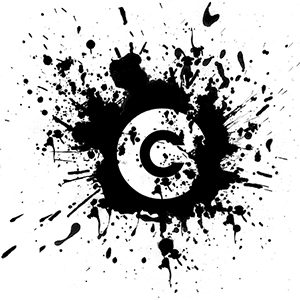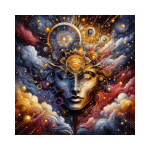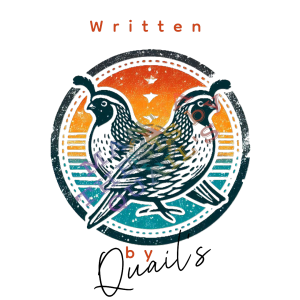

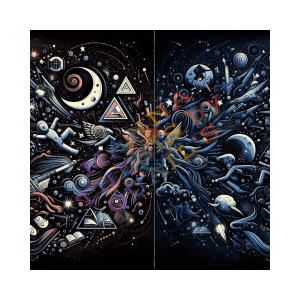
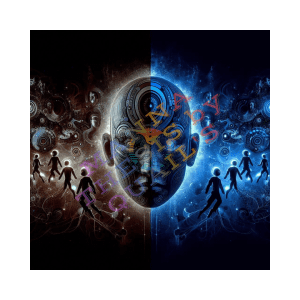

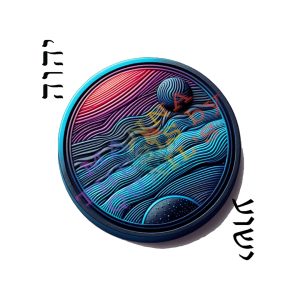
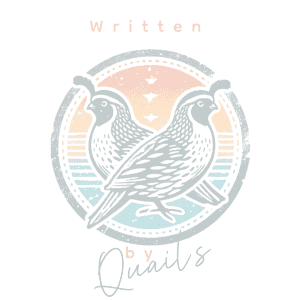
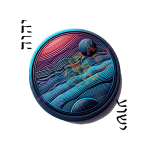
AI vs. Human Creativity:
A Friendly Rivalry
The Rise of AI-Generated Art –
The advent of AI-generated art has sparked a fascinating debate about the nature of creativity and the role of machines in the creative process. AI algorithms, such as Generative Adversarial Networks (GANs) and neural networks, have demonstrated an impressive ability to create visually stunning and conceptually intriguing artworks. These systems are trained on vast datasets of existing art, learning patterns and styles that they then use to generate new pieces. The results are often indistinguishable from human-created art, challenging traditional notions of artistic authorship and originality. AI-generated art has gained significant recognition in the art world, with pieces being exhibited in galleries and sold at auction for substantial sums.
Human Creativity: The Essence of Emotion –
While AI-generated art is undoubtedly impressive, it lacks the emotional depth and personal experiences that are intrinsic to human creativity. Human artists draw inspiration from their emotions, experiences, and cultural backgrounds, infusing their work with a unique sense of identity and meaning. This emotional resonance is what sets human-created masterpieces apart from their AI-generated counterparts. For example, the works of Vincent van Gogh and Frida Kahlo are celebrated not only for their technical skill but also for the deeply personal and emotional narratives they convey. Human creativity is a reflection of the human condition, capturing the complexities and nuances of our experiences in a way that machines cannot replicate.
The Intersection of AI and Human Creativity –
The intersection of AI and human creativity presents exciting opportunities for collaboration and innovation. Rather than viewing AI as a competitor, many artists and creators see it as a valuable tool that can enhance and augment their creative process. AI can assist artists in generating new ideas, exploring different styles, and overcoming creative blocks. For instance, AI-powered tools can analyze an artist’s work and suggest new directions or techniques, providing a fresh perspective that can inspire new creations. This collaborative approach allows artists to push the boundaries of their creativity, exploring new realms of possibility that were previously unimaginable.
Ethical and Philosophical Implications –
The rise of AI-generated art also raises important ethical and philosophical questions. One of the primary concerns is the issue of authorship and ownership. When an AI system creates a piece of art, who owns the rights to that creation? This question has significant implications for copyright law and intellectual property rights. Additionally, there are concerns about the potential for AI to perpetuate biases and stereotypes, as these systems are often trained on data that reflects existing societal prejudices. Ensuring that AI systems are transparent, fair, and accountable is crucial to addressing these challenges. Furthermore, there is the question of the impact of AI on employment, as automation and AI-driven technologies have the potential to displace human workers in creative industries.
“Quail:”
Reflecting on the Future of Creativity –
“As we look to the future, it is essential to consider the implications of AI’s rise in the creative domain. The integration of AI into the creative process has the potential to democratize creativity, making it accessible to a broader audience. However, it is also important to recognize the limitations of AI and the unique qualities that human creativity brings to the table. While AI can generate impressive works of art, it lacks the emotional depth and personal experiences that are intrinsic to human creativity. As we move forward, it is crucial to strike a balance between leveraging the capabilities of AI and preserving the essence of human ingenuity. The future of creativity lies in the harmonious collaboration between humans and machines, where each complements the other’s strengths and weaknesses.
